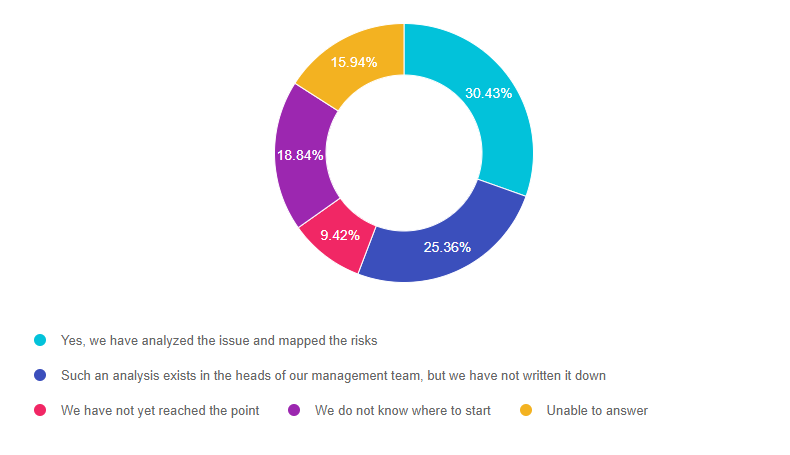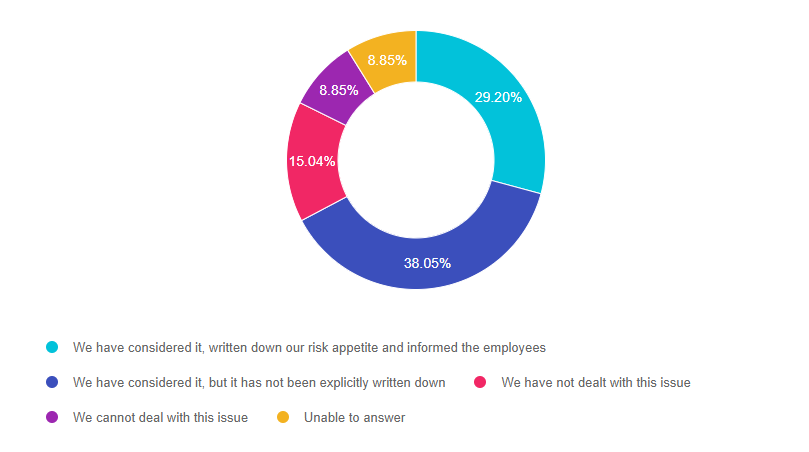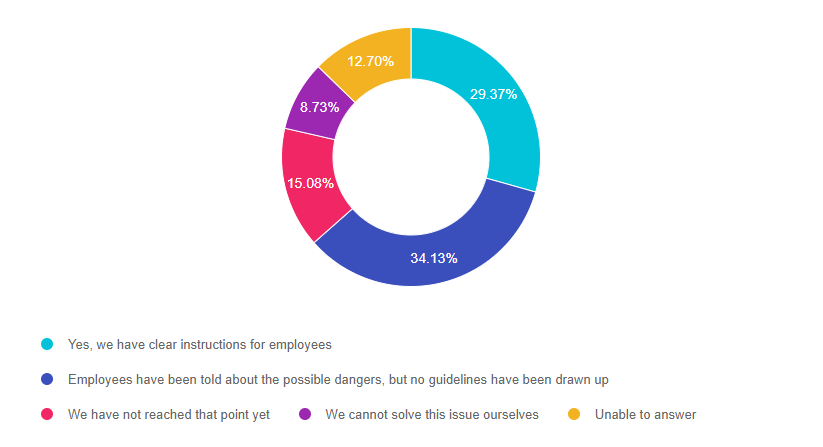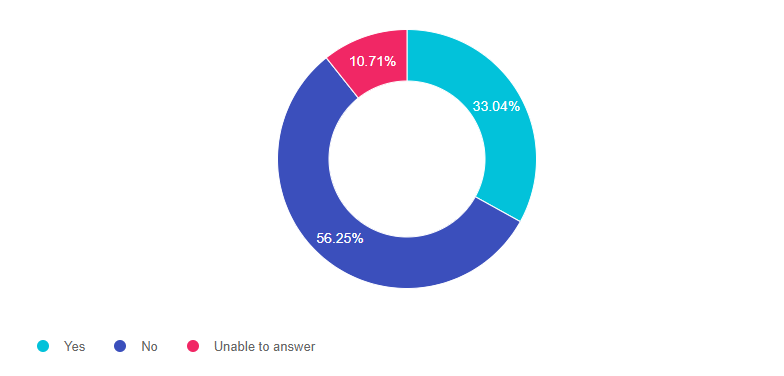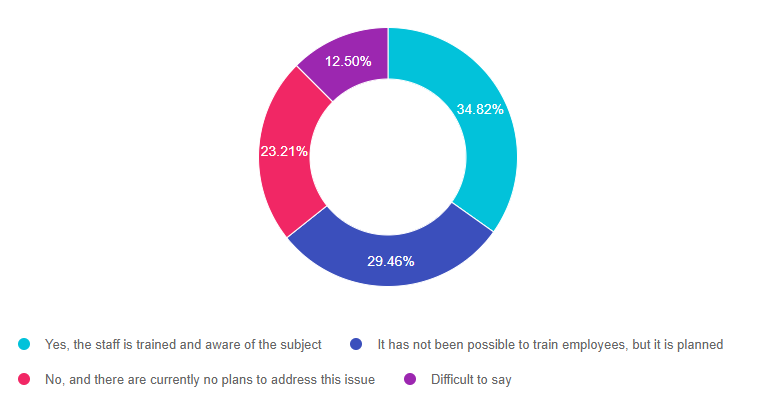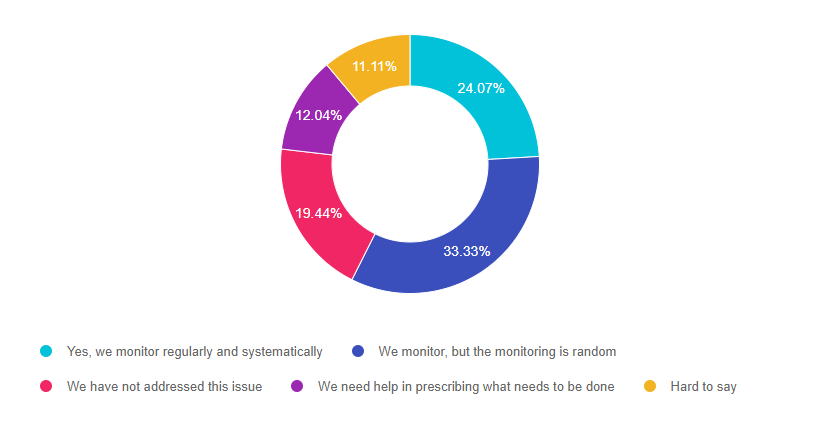-
Other audit services
We help clients with the application and use of foreign financial aid of EU and other funds and help prepare financial reports.
-
Audit calculator
The calculator will answer if the company's sales revenue, assets or number of employees exceed the limit of an inspection or audit.
-
Payroll and related services
We perform payroll accounting for companies whether they employ a few or hundreds of employees.
-
Tax accounting
Grant Thornton Baltic's experienced tax specialists support accountants and offer reasonable and practical solutions.
-
Reporting
We prepare annual reports in a timely manner. We help to prepare management reports and various mandatory reports.
-
Consolidation of financial statements
Our experienced accountants and advisors help you prepare consolidation tables and make the consolidation process more efficient.
-
Consultancy and temporary staff
Our experienced specialists advise on more complex accounting transactions, rectify poor historic accounting, and offer the temporary replacement of an accountant.
-
Outsourced CFO service
Our CFO service is suitable for companies of all sizes and in all industries. We offer services to our clients in the required amount and competences.
-
Assessment of accounting processes
We help companies to implement accounting practices that are in compliance with local and international standards.
-
Accounting services for small businesses
We offer affordable service for small businesses. We help organize processes as smartly and cost-effectively as possible.
-
Cryptocurrency accounting
We keep up with blockchain technology to serve and advise crypto companies. We are supported by a network of colleagues in 130 countries.
-
Trainings and seminars
Our accountants have experience in all matters related to accounting and reporting. We offer our clients professional training according to their needs.

-
Business advisory
We offer legal support to both start-ups and expanding companies, making sure that all legal steps are well thought out in detail.
-
Fintech advisory
Our specialists advise payment institutions, virtual currency service providers and financial institutions.
-
Corporate advisory
We advise on legal, tax and financial matters necessary for better management of the company's legal or organizational structure.
-
Transaction advisory
We provide advice in all aspects of the transaction process.
-
Legal due diligence
We thoroughly analyze the internal documents, legal relations, and business compliance of the company to be merged or acquired.
-
In-house lawyer service
The service is intended for entrepreneurs who are looking for a reliable partner to solve the company's day-to-day legal issues.
-
The contact person service
We offer a contact person service to Estonian companies with a board located abroad.
-
Training
We organize both public trainings and tailor made trainings ordered by clients on current legal and tax issues.
-
Whistleblower channel
At Grant Thornton Baltic, we believe that a well-designed and effective reporting channel is an efficient way of achieving trustworthiness.

-
Business model or strategy renewal
In order to be successful, every company, regardless of the size of the organization, must have a clear strategy, ie know where the whole team is heading.
-
Marketing and brand strategy; creation and updating of the client management system
We support you in updating your marketing and brand strategy and customer management system, so that you can adapt in this time of rapid changes.
-
Coaching and development support
A good organizational culture is like a trump card for a company. We guide you how to collect trump cards!
-
Digital services
Today, the question is not whether to digitize, but how to do it. We help you develop and implement smart digital solutions.
-
Sales organisation development
Our mission is to improve our customers' business results by choosing the right focuses and providing a clear and systematic path to a solution.
-
Business plan development
A good business plan is a guide and management tool for an entrepreneur, a source of information for financial institutions and potential investors to make financial decisions.
-
Due diligence
We perform due diligence so that investors can get a thorough overview of the company before the planned purchase transaction.
-
Mergers and acquisitions
We provide advice in all aspects of the transaction process.
-
Valuation services
We estimate the company's market value, asset value and other asset groups based on internationally accepted methodology.
-
Forensic expert services
Our experienced, nationally recognized forensic experts provide assessments in the economic and financial field.
-
Business plans and financial forecasts
The lack of planning and control of cash resources is the reason often given for the failure of many businesses. We help you prepare proper forecasts to reduce business risks.
-
Outsourced CFO service
Our CFO service is suitable for companies of all sizes and in all industries. We offer services to our clients in the required amount and competences.
-
Reorganization
Our experienced reorganizers offer ways to overcome the company's economic difficulties and restore liquidity in order to manage sustainably in the future.
-
Restructuring and reorganisation
We offer individual complete solutions for reorganizing the structure of companies.
-
Corporate taxation
We advise on all matters related to corporate taxation.
-
Value added tax and other indirect taxes
We have extensive knowledge in the field of VAT, excise duties and customs, both on the national and international level.
-
International taxation
We advise on foreign tax systems and international tax regulations, including the requirements of cross-border reporting.
-
Transfer pricing
We help plan and document all aspects of a company's transfer pricing strategy.
-
Taxation of transactions
We plan the tax consequences of a company's acquisition, transfer, refinancing, restructuring, and listing of bonds or shares.
-
Taxation of employees in cross-border operations
An employee of an Estonian company abroad and an employee of a foreign company in Estonia - we advise on tax rules.
-
Tax risk audit
We perform a risk audit that helps diagnose and limit tax risks and optimize tax obligations.
-
Representing the client in Tax Board
We prevent tax problems and ensure smooth communication with the Tax and Customs Board.
-
Taxation of private individuals
We advise individuals on personal income taxation issues and, represent the client in communication with the Tax and Customs Board.
-
Pan-Baltic tax system comparison
Our tax specialists have prepared a comparison of the tax systems of the Baltic countries regarding the taxation of companies and individuals.
-
Internal audit
We assist you in performing the internal audit function, performing internal audits and advisory work, evaluating governance, and conducting training.
-
Internal Audit in the Financial Services Sector
We provide internal audit services to financial sector companies. We can support the creation of an internal audit function already when applying for a sectoral activity license.
-
Audit of projects
We conduct audits of projects that have received European Union funds, state aid, foreign aid, or other grants.
-
Prevention of money laundering
We help to prepare a money laundering risk assessment and efficient anti-money laundering procedures, conduct internal audits and training.
-
Risk assessment and risk management
We advise you on conducting a risk assessment and setting up a risk management system.
-
Custom tasks
At the request of the client, we perform audits, inspections and analyzes with a specific purpose and scope.
-
External Quality Assessment of the Internal Audit Activity
We conduct an external evaluation of the quality of the internal audit or provide independent assurance on the self-assessment.
-
Whistleblowing and reporting misconduct
We can help build the whistleblowing system, from implementation, internal repairs and staff training to the creation of a reporting channel and case management.
-
Information security management
We provide you with an information security management service that will optimise resources, give you an overview of the security situation and ensure compliance with the legislation and standards.
-
Information security roadmap
We analyse your organisation to understand which standards or regulations apply to your activities, identify any gaps and make proposals to fix them.
-
Internal audit of information security
Our specialists help detect and correct information security deficiencies by verifying an organization's compliance with legislation and standards.
-
Third party management
Our specialists help reduce the risks associated with using services provided by third parties.
-
Information security training
We offer various training and awareness building programmes to ensure that all parties are well aware of the information security requirements, their responsibilities when choosing a service provider and their potential risks.
-
Digital Operational Resilience Act (DORA)
We will help you create a DORA implementation model that meets your company's needs and ensures that you meet the January 2025 deadline.

-
ESG advisory
We help solve issues related to the environment, social capital, employees, business model and good management practices.
-
ESG audit
Our auditors review and certify sustainability reports in line with international standards.
-
Sustainable investments
We help investors conduct analysis of companies they’re interested in, examining environmental topics, corporate social responsibility and good governance practices.
-
Sustainable tax behaviour
Our international taxation specialists define the concept of sustainable tax behaviour and offer services for sustainable tax practices.
-
ESG manager service
Your company doesn’t necessarily need an in-house ESG manager. This role can also be outsourced as a service.

-
Recruitment services – personnel search
We help fill positions in your company with competent and dedicated employees who help realize the company's strategic goals.
-
Recruitment support services
Support services help to determine whether the candidates match the company's expectations. The most used support services are candidate testing and evaluation.
-
Implementation of human resource management processes
We either assume a full control of the launch of processes related to HR management, or we are a supportive advisory partner for the HR manager.
-
Audit of HR management processes
We map the HR management processes and provide an overview of how to assess the health of the organization from the HR management perspective.
-
HR Documentation and Operating Model Advisory Services work
We support companies in setting up HR documentation and operational processes with a necessary quality.
-
Employee Surveys
We help to carry out goal-oriented and high-quality employee surveys. We analyse the results, make reports, and draw conclusions.
-
HR Management outsourcing
We offer both temporary and permanent/long-term HR manager services to companies.

-
Digital strategy
We help assess the digital maturity of your organization, create a strategy that matches your needs and capabilities, and develop key metrics.
-
Intelligent automation
We aid you in determining your business’ needs and opportunities, as well as model the business processes to provide the best user experience and efficiency.
-
Business Intelligence
Our team of experienced business analysts will help you get a grip on your data by mapping and structuring all the data available.
-
Cybersecurity
A proactive cyber strategy delivers you peace of mind, allowing you to focus on realising your company’s growth potential.
-
Innovation as a Service
On average, one in four projects fails and one in two needs changes. We help manage the innovation of your company's digital solutions!


Grant Thornton Baltic conducted a survey among companies to find out how many of them are consciously and purposefully engaged in anti-money laundering. In a few months nearly 200 companies responded to the anonymous questionnaire opened on our website last October.
The largest number of respondents was from the following areas of activity: auditing, accounting and consulting services, trading, financial sector and real estate brokerage.
The survey revealed that:
- only 30% of companies have mapped their money laundering risks and recorded their risk appetite;
- just over half of companies have told employees about possible money laundering risks, trained them or drawn up codes of conduct;
- in order to avoid risks related to existing cooperation partners or customers, only 22% of companies systematically monitor them, 35% of companies monitor their business relationship at random;
- the contact person of the Financial Intelligence Unit (FIU) has been appointed by one third of the companies, whereas the contact person has also been appointed by those who do not have such an obligation pursuant to law;
- 44% of respondents want or plan to optimize or automate their activites related to the requirements of the Anti-Money Laundering Act.
We asked companies six questions
- Have you analysed which products or services that are offered by your company, or in some other way, can be used by malicious actors to launder your money or finance terrorism?
With this question, we wanted to know whether companies have assessed the potential risks of money laundering and terrorist financing related to their activities. The risk assessment requirement applies to most obligated persons mentioned in the Money Laundering and Terrorist Financing Prevention Act (RahaPTS), but only 30% of the respondents, most of whom were also obligated persons, have mapped their risks.
Risk assessment is the first important step in creating an effective prevention system, on which all subsequent activities of the company in preventing money laundering are based. It is by mapping the risks and being aware of them that it is possible to analyze which services provide the risk, how it may manifest itself and how it can be prevented.![Q3 ENG Kas ettevõtet saab rahapesuks ära kasutada.PNG]()
- Have you considered which companies you definitely do not serve or with whom you do not enter into a partnership (for whom the risk of money laundering is too high) and how much and to whom you are ready to offer your products and services? Have you recorded this in writing and communicated it to your employees?
In addition to risk assessment, the company must also record its risk appetite and establish it. Only 30% of companies have done so (as many as those who have assessed their risks).
In defining risk appetite, an entity describes the risks that it agrees to take when operating in the money laundering risk area (or records what it certainly does not agree to take). The risk appetite must be in writing and approved by the company's senior management.![Q5 ENG Milliseid ettevõtteid ei teeninda.PNG]()
- Are your employees able to recognise signs / activities that indicate possible money laundering?
Specific instructions for their employees have been prepared by 29% of companies, in addition to which 35% of companies have told their employees about possible dangers, but have not yet prepared codes of conduct. Thus, more than half of the companies have trained employees or prepared instructions for them.
At the same time, according to the RahaPTS, companies are obliged to establish rules of procedure, which include procedures for identifying, mitigating and implementing due diligence measures related to the customer, as well as instructions on how to act in case of suspicion of money laundering. The results of the survey show that much remains to be done.![Q4 ENG Kas töötajad tunnevad ära rahapesu.PNG]()
- Has a contact person for the Financial Intelligence Unit (FIU) been appointed in your company?
The contact person of the FIU must be designated in credit institutions, financial institutions, trust and corporate service providers, pawnbrokers, virtual currency service providers, collectors or wholesalers of precious metals and precious metal products. The contact person may (voluntarily) also be appointed by another obligated person.
Among the respondents, 11.5% were companies in the financial sector, but a contact person has been appointed in one third of the respondents, which shows that this has also been done by several companies that have no direct obligation to do so.
![Q6 ENG rahapesu andmebüroo kontaktisik-1.PNG]()
- Are all employees who interact with customers on a daily basis, to establish business relationships and make transactions, aware of money laundering and terrorist financing issues and have they received the necessary training?
Training for front-line staff is particularly important so that they understand the risks and possible consequences of transactions. It is also important to state how they themselves can contribute to mitigating these risks.
If an employee simply ticks the checklist, it is not the same as ticking them with knowing the meaning. In this case, there is also some point in checking. 35% of companies have trained their employees.![Q7 ENG kas töötajad on läbinud koolitused.PNG]()
- Do you monitor individuals in your business relationship on a regular basis to avoid money laundering risks with existing partners?
Less than a quarter of the responding companies systematically monitor customers, although business relationship monitoring is a mandatory due diligence measure. 35% of companies monitor their customers, but do so at random.
Today, business owners, management members and ultimate beneficiaries change quite frequently and therefore their customers should be monitored more frequently. If the customer's data has changed, their risk level must also be re-determined. The activities associated with monitoring depend on the company's field of activity and the type of business relationship entered into with the client. Certainly, when introducing due diligence measures, one could think about what data can be monitored in order to get the best information about the (suspicious) behavior of the customer / partner and map the risk areas to be monitored.
![Q8 ENG Äripartnerite seiramine.PNG]()
You can automate much more than you do now
Procedures related to the prevention of money laundering and terrorist financing are often very time and human resource intensive, as a lot of information related to customer background checks is collected manually. At the same time, companies that have integrated automated queries into their client management program automatically perform the same analysis at the time the client name is entered into the program. Automation can and could be used in a wide range of money laundering prevention processes (eg customer risk assessment, verification of national background, sanctions, beneficial owner and right of representation, data updating, document validity verification). There are several solutions and service providers on the market that offer new and / or automated solutions in this field.
We recommend that you take a fresh look at your money laundering prevention documentation and procedures and, if necessary, involve Grant Thornton Baltic's risk management services advisors.
Test your company's readiness to prevent money laundering!
If you have similar challenges and questions, please contact our specialists.



